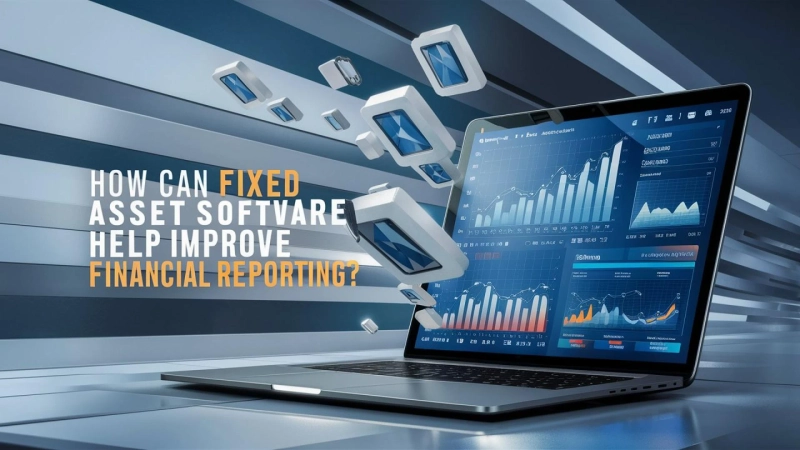In today\'s dynamic business environment, effective financial reporting is crucial for the success and sustainability of any asset management company. One key tool that can significantly enhance this process is fixed asset software. This software not only simplifies the management of assets but also plays a pivotal role in streamlining financial reporting procedures.
Understanding Fixed Asset Software
Fixed asset software is designed to track, manage, and report on a company\'s fixed assets throughout their lifecycle. These assets can include property, equipment, vehicles, and more. By maintaining accurate records and providing real-time visibility into asset details, such software enables asset management companies to make informed decisions about their financial health and operational efficiency.
Benefits of Fixed Asset Software for Financial Reporting
Accuracy and Compliance: Fixed asset software ensures that all asset-related information is accurate and up-to-date. This accuracy is critical for compliance with accounting standards and regulations, minimizing the risk of errors in financial reporting.
Efficiency in Tracking: Tracking assets manually can be time-consuming and prone to errors. Fixed asset software automates this process, allowing asset management companies to efficiently track asset acquisitions, depreciation, and disposals.
Real-time Insights: With real-time data updates, financial reporting becomes more agile and responsive. Asset managers can generate reports quickly, providing stakeholders with timely insights into the company\'s financial performance and asset value.
Forecasting and Budgeting: By analyzing historical data and trends, fixed asset software helps in forecasting future asset needs and budgeting effectively. This capability aids asset management companies in planning for growth and making strategic financial decisions.
Audit Preparedness: During audits, comprehensive asset records are essential. Fixed asset software simplifies audit processes by providing auditors with organized, accessible data, reducing the time and effort required for audits.
Implementing Fixed Asset Software
Implementing fixed asset software involves several key steps:
Assessment of Needs: Identify specific requirements and functionalities needed for effective asset management and financial reporting.
Selection of Software: Choose a software solution that aligns with the company\'s size, industry, and reporting requirements. Look for features such as depreciation calculation methods, integration capabilities, and reporting formats.
Integration and Training: Integrate the software with existing systems and provide training to employees to ensure proper utilization and maximize benefits.
Continuous Evaluation: Regularly evaluate the software\'s performance and update as necessary to meet evolving business needs.
Fixed asset software plays a pivotal role in enhancing financial reporting capabilities for asset management companies. By automating asset tracking, ensuring data accuracy, and providing real-time insights, this software enables efficient decision-making and compliance with regulatory standards. Investing in robust fixed asset software not only improves operational efficiency but also strengthens the overall financial health and transparency of asset management practices.
Incorporating fixed asset software into your asset management company\'s strategy can lead to significant improvements in financial reporting accuracy and efficiency, ultimately contributing to sustainable growth and profitability in a competitive market environment.


